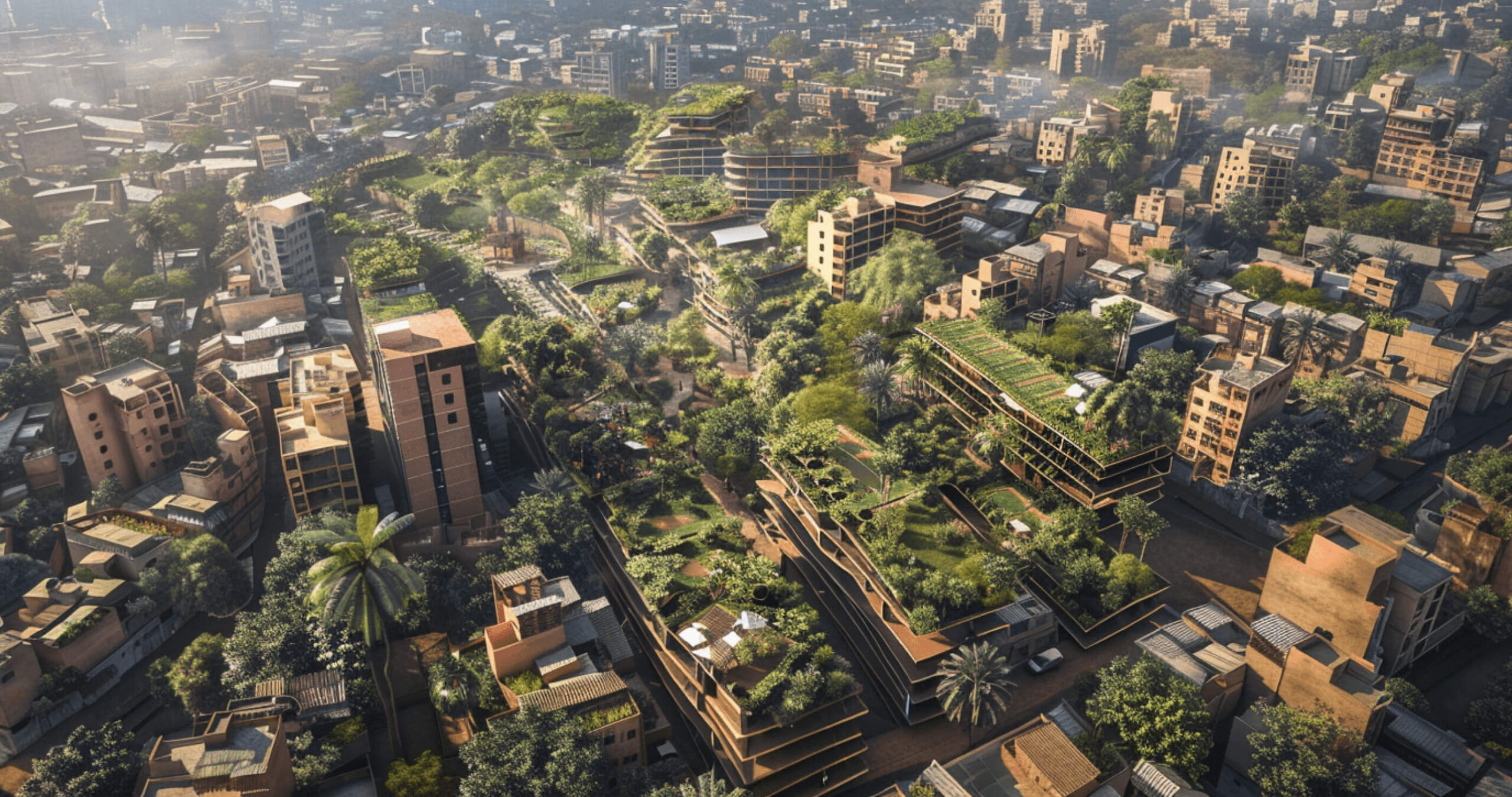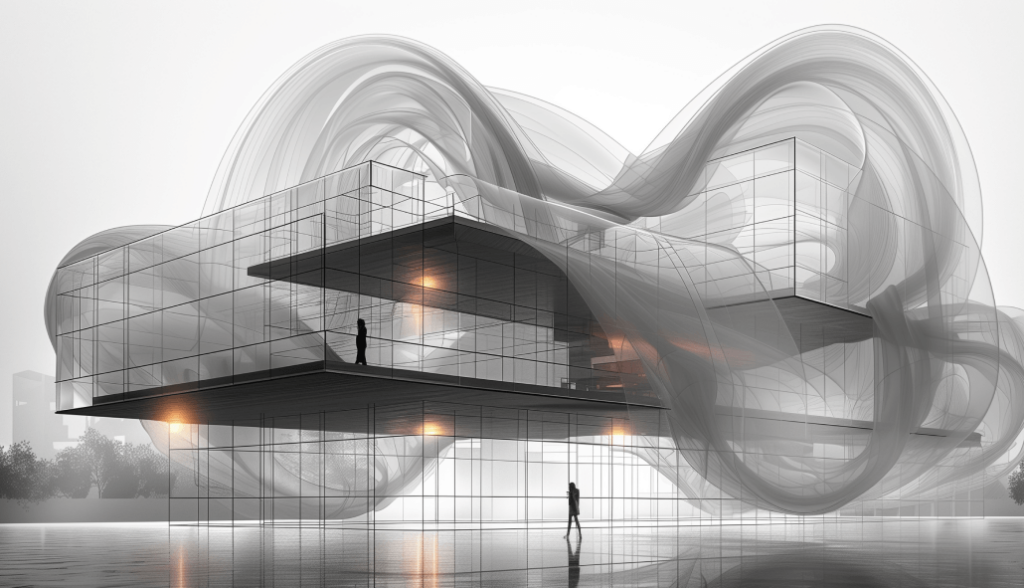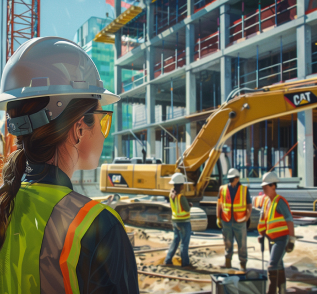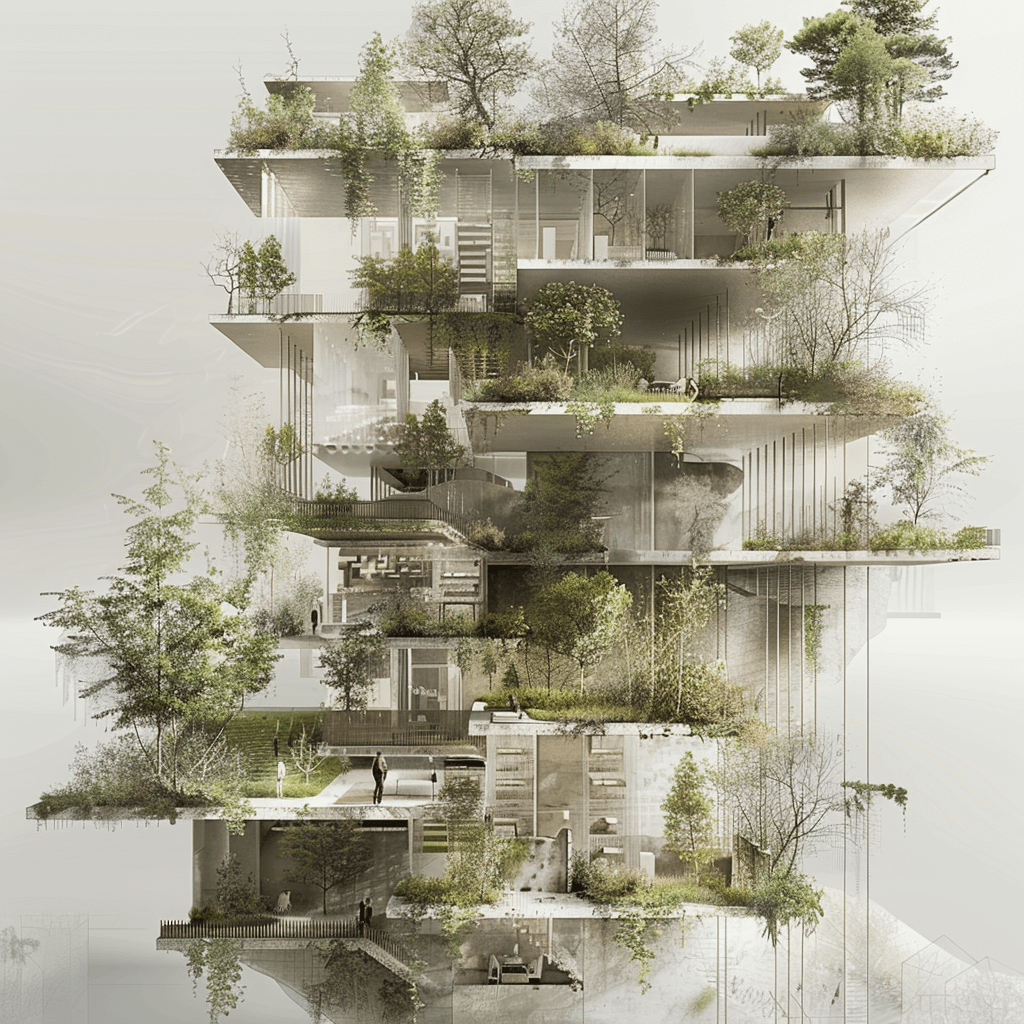Article
Crafting sustainable high-rise future: insights from a young architect
There are around 1,26,000 registered architects in India of which approx. 65% are employed architects and 51% are in the 25-35 age group. So, the future is literally in our hands.
Today ‘the clientele for design talent has shrunk’. And it’s mostly about FSI consumption, market competition and making dreamy 3D views for a home or an office above the clouds.
In that race, the basic intention is getting diluted. Foremost we are designing and building these tall structures for people. Humans are social animals. Sustainability begins with human behavior towards nature, other humans and the built context.
So, the mindset needs to change. Sustainability needs to be a lifestyle then only every action taken will be mindful and in a true sense green.
Along with some very inspiring talks on various public platforms and panel discussions on sustainability at various forms. Now there is an urgency to walk the talk.
So from my experience of over a decade and a half, I would say start with purpose.
Tall buildings are needed for cities to cope with rapid urbanization. Skyscrapers have a complex impact on the environmental balance. They can help optimize land use by utilizing vertical space, reducing urban sprawl, and promoting efficient transportation. However, their construction and operation can also contribute to resource depletion, energy consumption, and carbon emissions. Balancing these factors through sustainable design, efficient technologies, and thoughtful urban planning is essential to minimize negative effects and maximize their potential benefits for both cities and the environment.
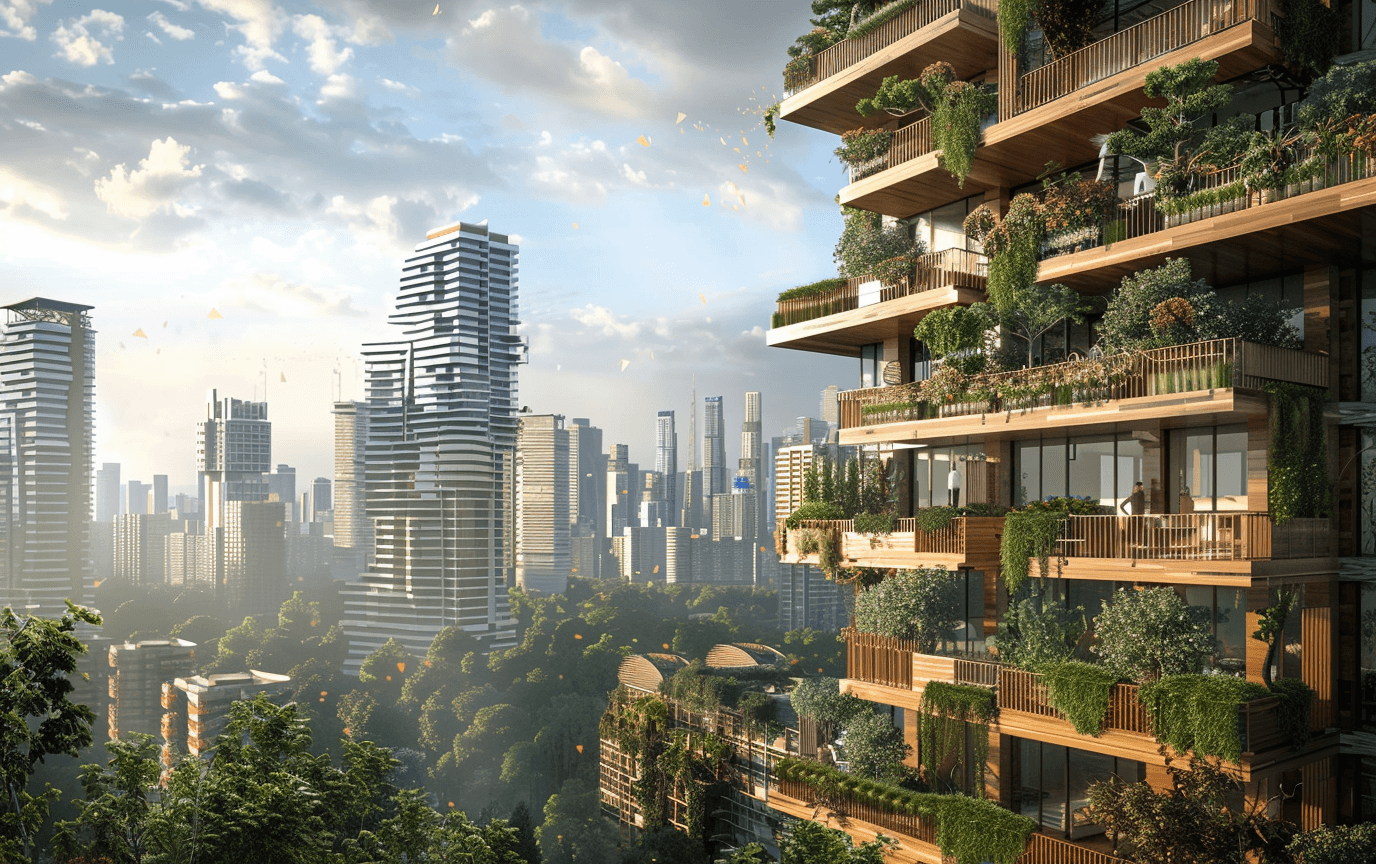
Design with Purpose: Incorporate sustainable design principles into our projects from the very beginning. Consider the basic factors like energy efficiency, passive design, and use of eco-friendly materials.
Stay Educated: today education is literally free and in abundance with YouTube, Instagram, and research gate. Continuously learn about the latest sustainable design techniques, materials, and technologies.
Software: BIM, Energy Plus, Ecoteck, One Click LCA, Radiance, Passivehaus
Advocate: Promote sustainable practices within your firm and the industry. Understand and keep yourself updated with green building certifications like LEED, IGBC, and GRIHA.
Collaborate and Network: Collaborate with interdisciplinary teams to ensure holistic sustainable solutions. Attending industry events, workshops, and conferences to connect with peers, mentors, and potential clients.
Innovate: Today’s topic took me back to a book I was fascinated by in architecture school. Plug-in City. The architecture concept of the plug-in is based on the duality of the infrastructure system and the units or elements connected to it. In the context of megastructures, the concept was most vividly characterized by works of Archi gram and Japanese Metabolists in the 1960s and early 1970s. Blurring the boundary between the building and the city. Use your creativity to come up with innovative designs that optimize energy efficiency, natural light, ventilation, and green spaces.
Research: Stay updated on urban planning and design trends that prioritize walkability, public transportation, and mixed-use developments.
Community Engagement: Engage with the local community to understand their needs and incorporate their feedback into your designs.
Adaptability and Adaptive reuse: Design buildings that are adaptable and flexible to future changes, reducing the need for demolition and reconstruction.
Life Cycle Thinking: Consider the entire lifecycle of a building, including construction, operation, and eventual demolition or reuse.
We are not building for a few years; we are building for decades. Each project is an opportunity to make a positive impact.
As a young professional I see most of the people I know are okay with the fast reproduction of superficial solutions. We have succumbed to the temptation of quick solutions. That needs a stern and drastic change.
We can still reach the shores before the ship sinks, few years ago during my short term of volunteering at Dharmalaya, Mark you need to get into the system to change the system which got engraved in my mind and now I continue to do this in whatever capacity I can.
There is hope and that hope is us for a better and cooler future.
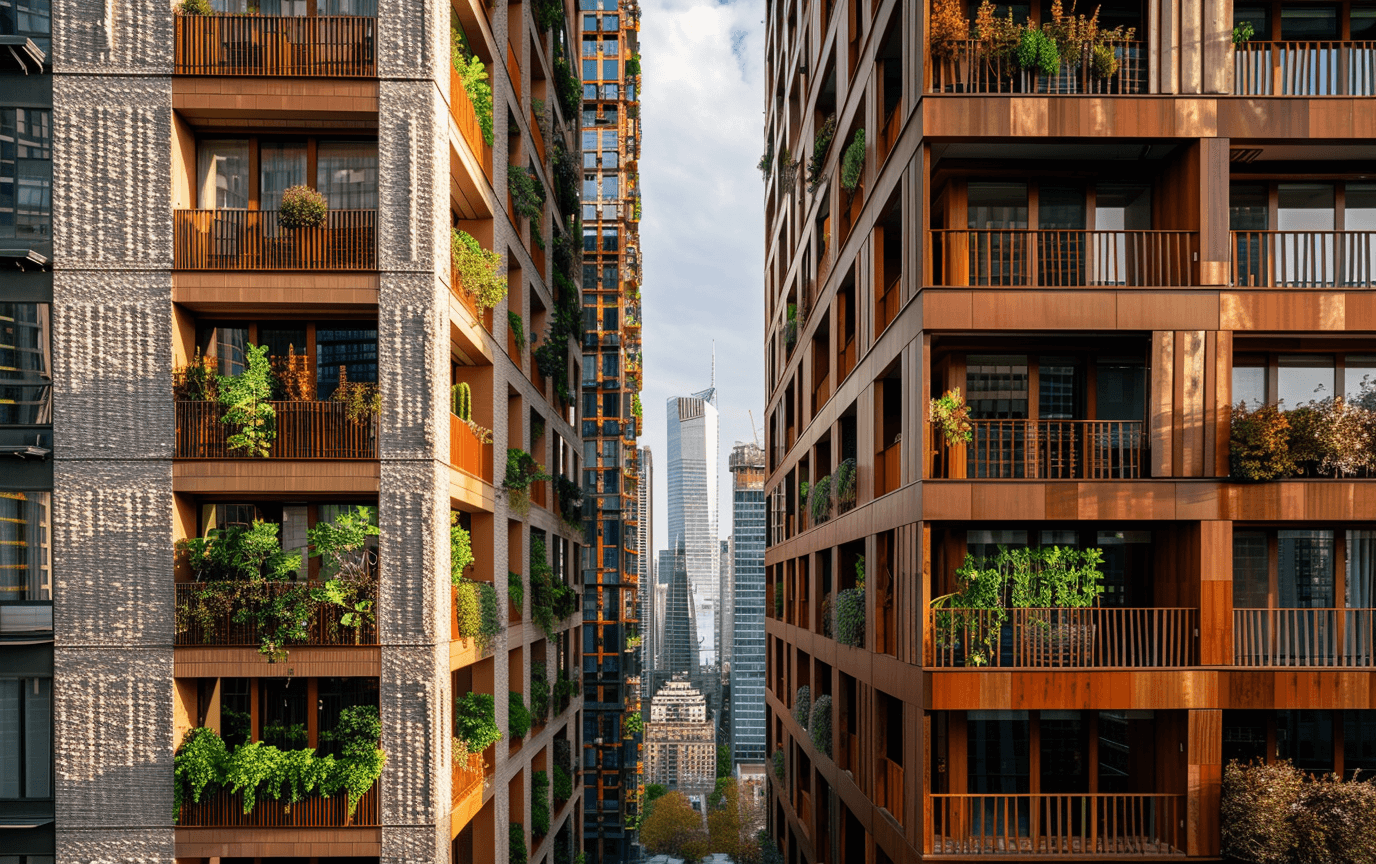
Read More
- © 2024 SSA. All Rights Reserved.
- Terms of Use
